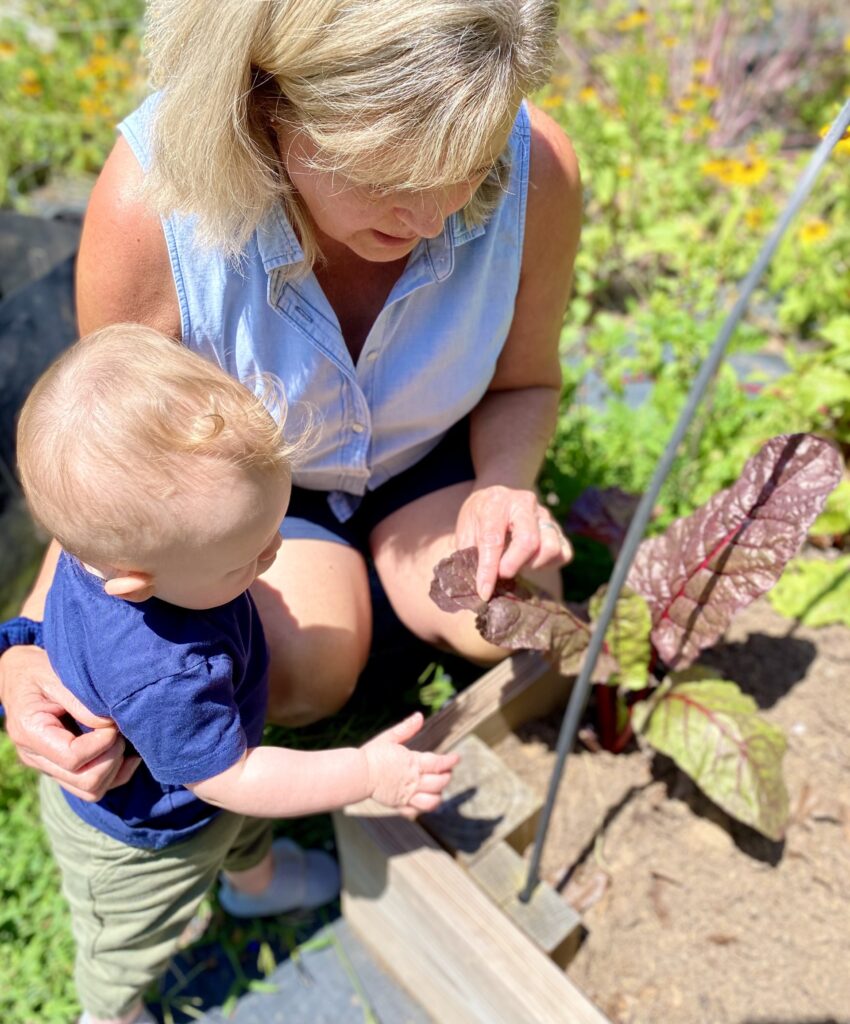
Home gardening is more than a passion; it can be a powerful tool for building healthier families. Studies show that growing vegetables at home can lead to improved nutrition, encourage physical activity, and support emotional well-being. Beyond the overall health benefits, gardening together can strengthen family bonds and help ease the financial strain of food expenses. No matter how big or small, a home garden can have a lasting and meaningful impact on your family’s health.
The Health & Nutrition Benefits of Home Gardening
Gardening at home offers many benefits that support physical and emotional well-being. Families who grow their food are more likely to meet the recommended daily intake of fruits and vegetables. Homegrown vegetables are often richer in nutrients, such as vitamin C and antioxidants. This is because it can be picked at peak ripeness, when nutrient levels are at their highest, providing greater health benefits. When children help care for a garden, they’re more likely to try new vegetables and develop healthy eating habits. Gardening teaches them where food comes from and fosters a sense of responsibility.
Many families face challenges related to food security and rising grocery costs, both of which can be eased by growing vegetables at home. Gardening is also a surprisingly effective form of exercise; digging, planting, and weeding provide moderate physical activity that supports overall health and helps manage stress. Perhaps most importantly, family bonds are strengthened through the shared experience of growing a home garden.
Selecting A Location for Your Garden
The first step for a home garden is easy: just pick a spot! The location should be sunny and open enough that you and your family can navigate around it easily. Keep in mind how you will water the garden, as vegetables often need a lot of water during the summer. If small children are working in the garden, beds may need to be lower so they can reach everything. Conversely, if you have elderly people working in your garden, you might need to consider a taller raised bed, so they don’t have to hunch over.
Selecting Crops for Your Garden
Choosing what you’ll grow is the next exciting step, and really just depends on what your family likes to eat! Tomatoes, cucumbers, squash, and beans are all easy beginner choices, and can be readily found as seedlings at your local nursery or garden store. For a cheaper option, seeds for kale, brussels sprouts, radishes, and carrots can be bought and started indoors in the fall or sown right into the soil after the last frost date in your area. Make sure to always read the seed packet, as this will have information about when and how to plant them.
Before you can actually get planting, you’ll need to decide how you want to construct your garden. Raised beds are a beginner-friendly option, as they reduce weed pressure, and you can fill them with pre-fertilized garden soil. You can buy pre-made raised beds or create your own out of found materials like shipping palettes or scrap wood. However, it is important to check the code on the wood you’re using and ensure it has not been treated with any chemicals before using it to grow food. Container gardening is another good option for beginners or people who don’t want to grow a ton of crops, but containers will need more watering than raised bed or in-ground gardening. Planting directly in the ground is easy, but soil will often need to be amended and weed pressure will be higher.
Once you have your garden planned out, get planting! Many vegetables are planted in the early spring after the last frost, but some can be planted earlier in the fall, including leafy greens and cole crops. If you want a longer harvest, you could plan out a fall and a spring garden and enjoy fresh vegetables even longer.
For detailed information about when and what to plant in your area, see HGIC 1256, Planning a Garden.
Clemson Resources for Gardening Families
To help families get the most out of their home gardens, Clemson Extension offers a wide range of resources. From seasonal recipes to 4-H gardening activities, there’s support for every age and skill level. For more personalized gardening help, you can also connect with Clemson Extension Horticulture Agents or the Home & Garden Information Center (HGIC) for expert guidance.
References:
- National Association for Environmental Education: Home Gardening and the Health and Well-Being of Adolescents
- The Children’s Healing Institute: Grow Together with a Family Garden
Authors:
- Hannah Shifflette, Rural Health and Nutrition, Chester and York Counties
- Abigail Taylor, Urban Horticulture Extension Agent, Chester, Lancaster, and York Counties
